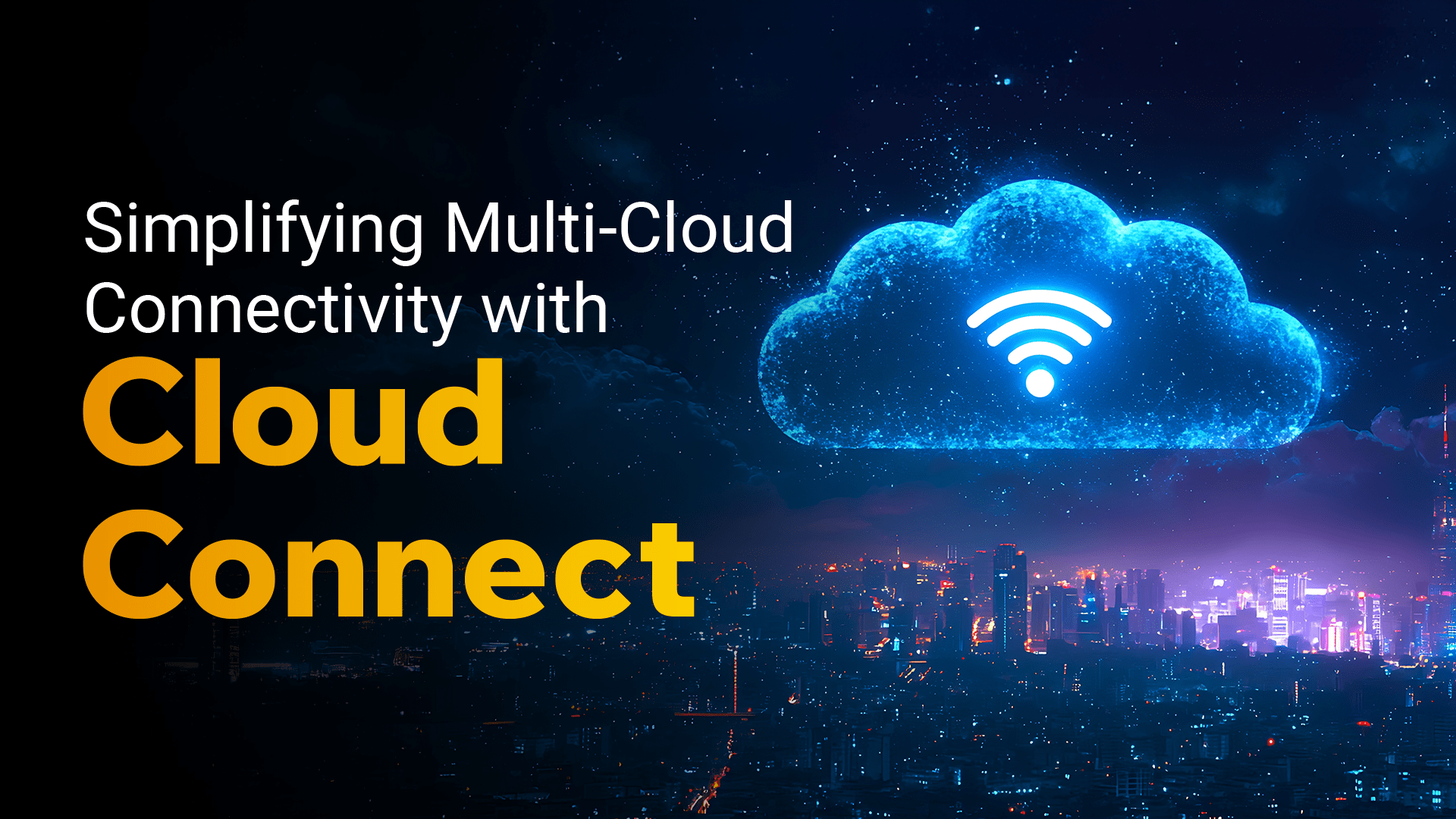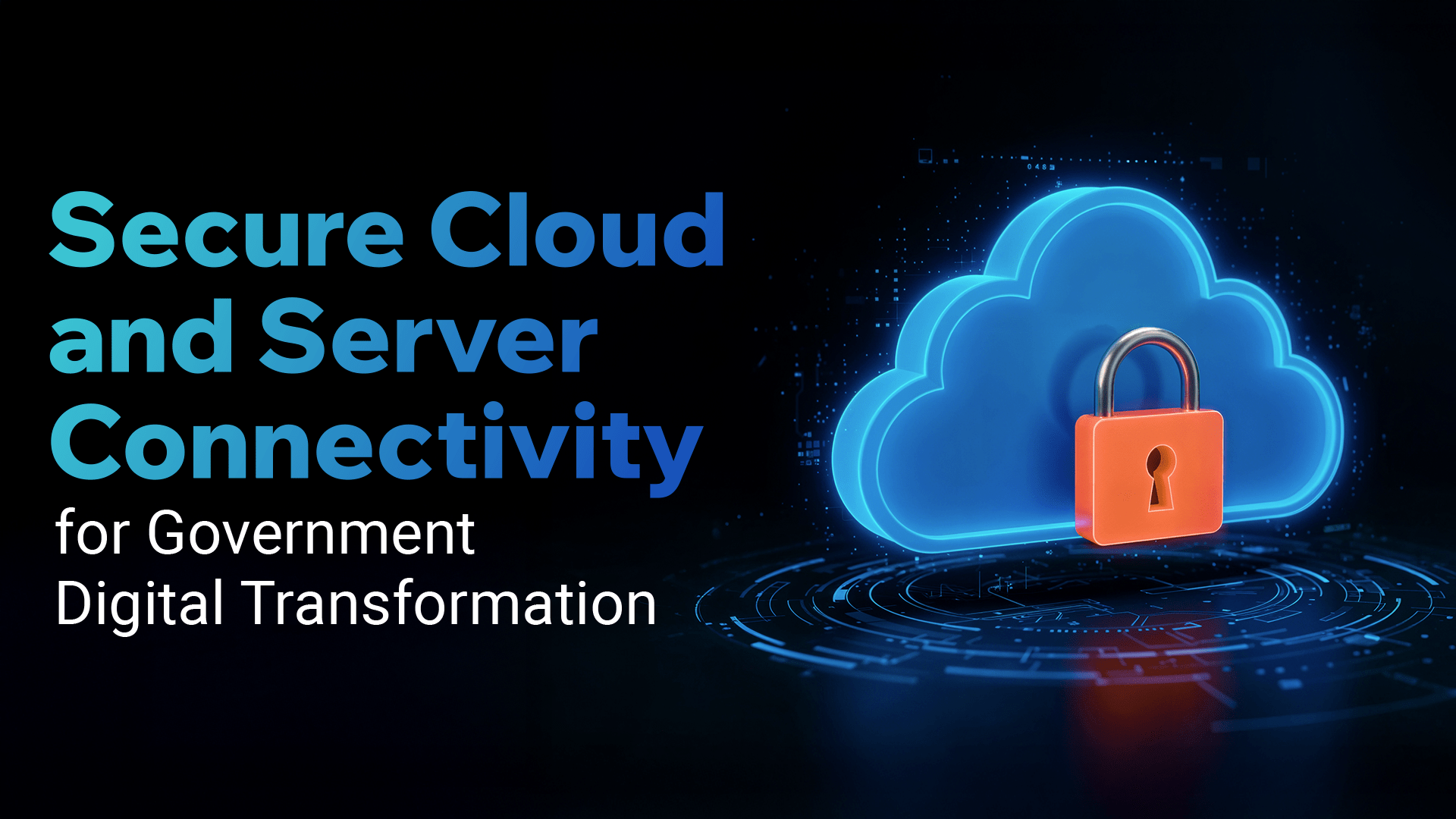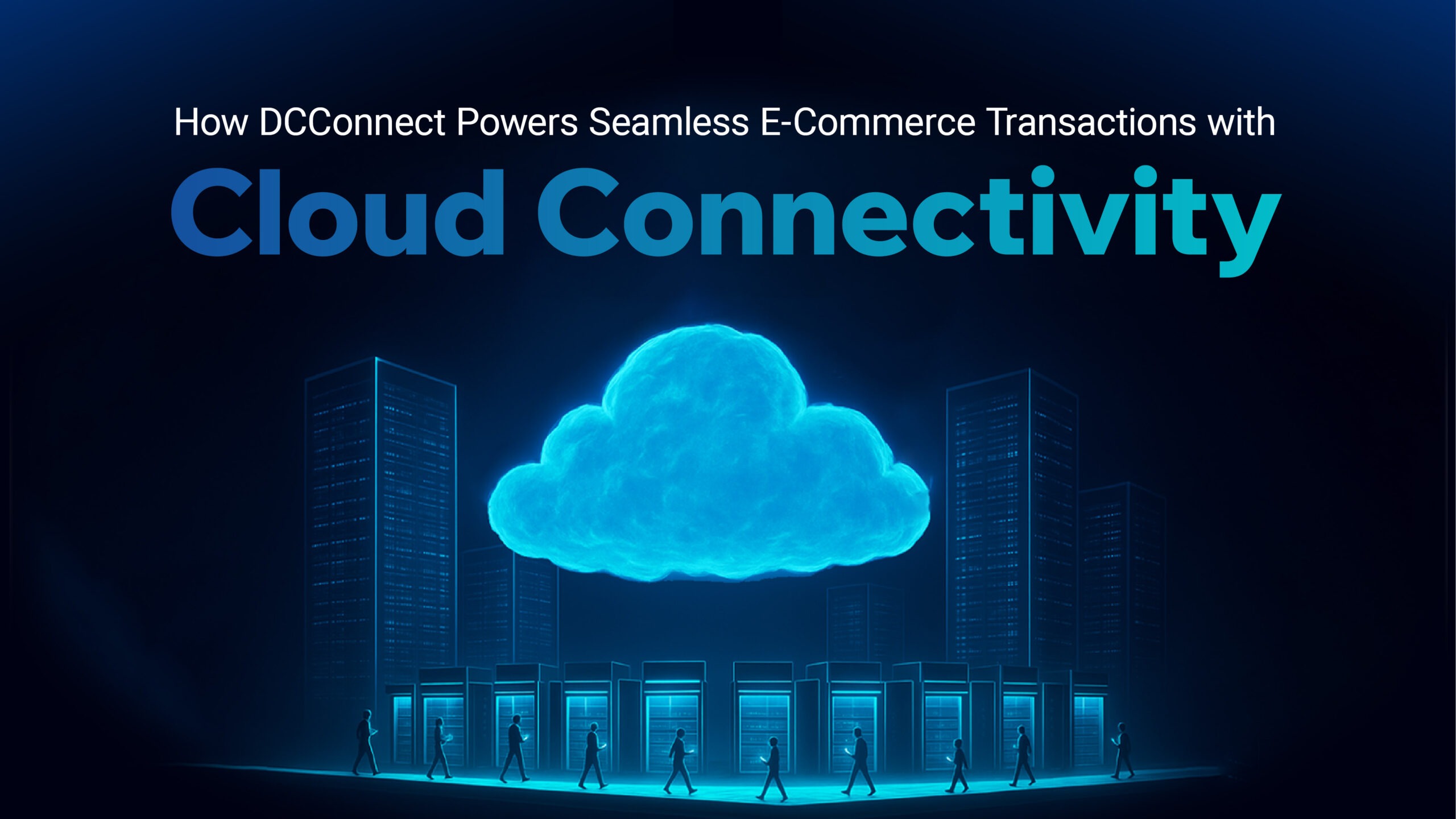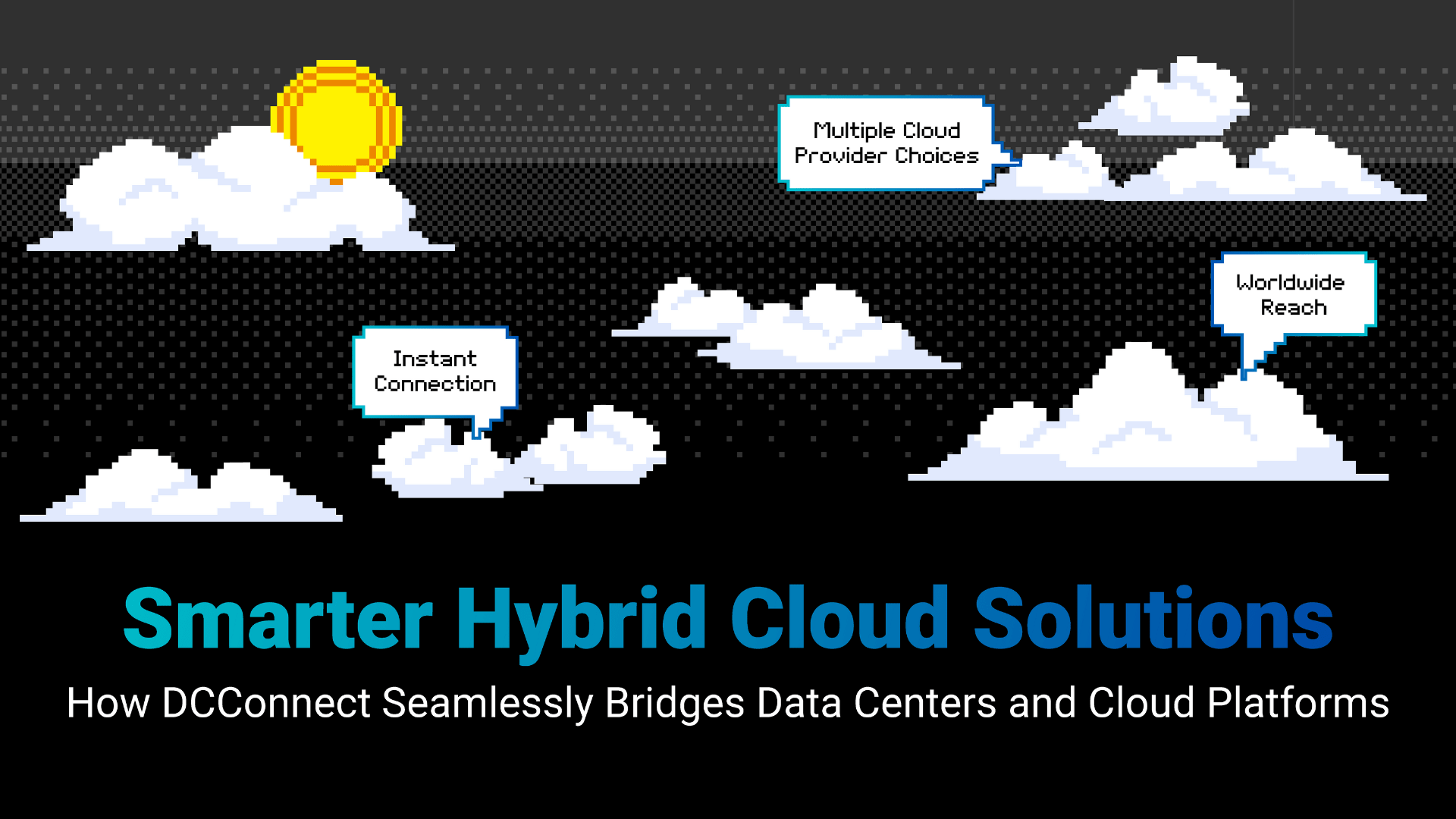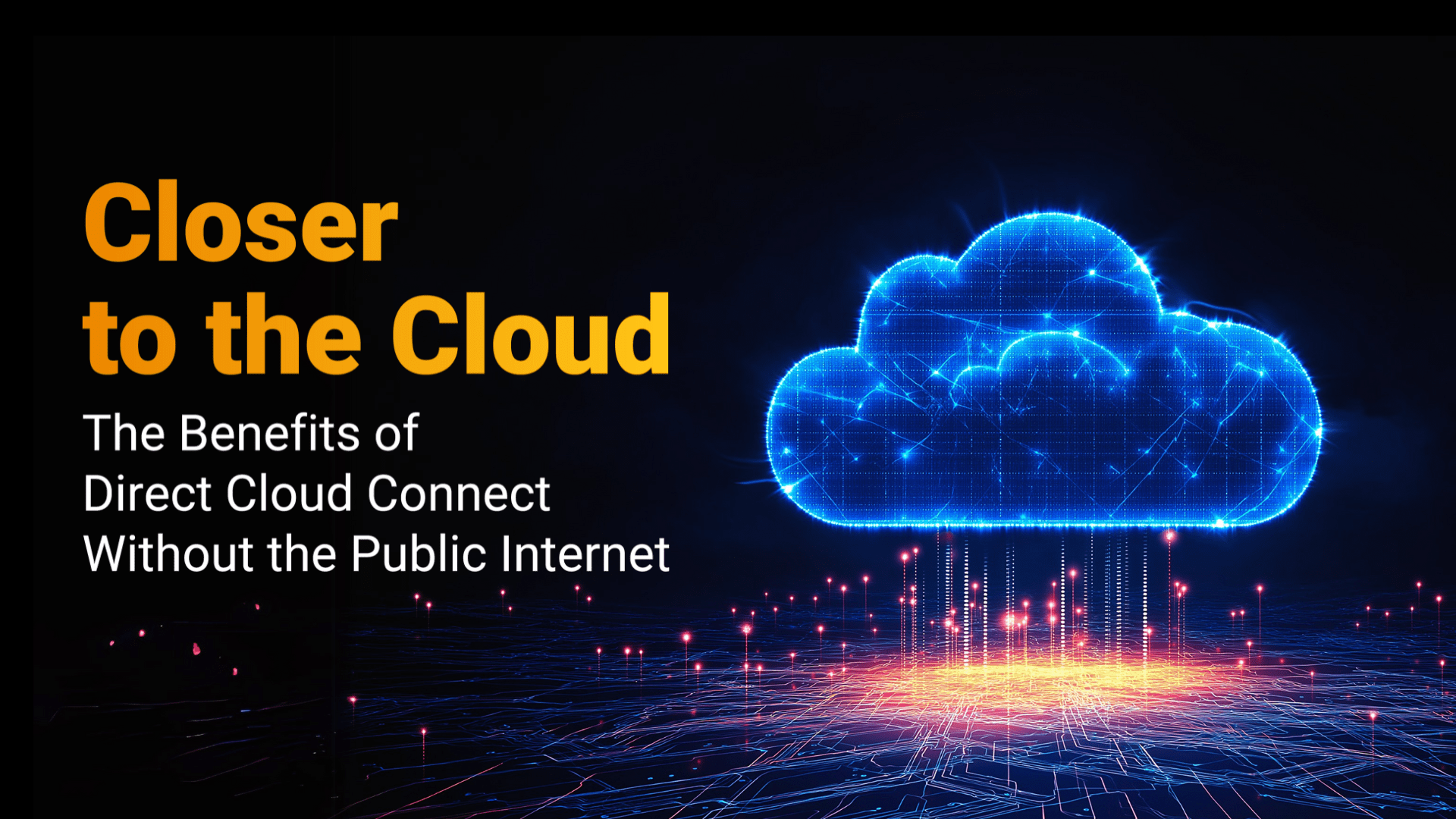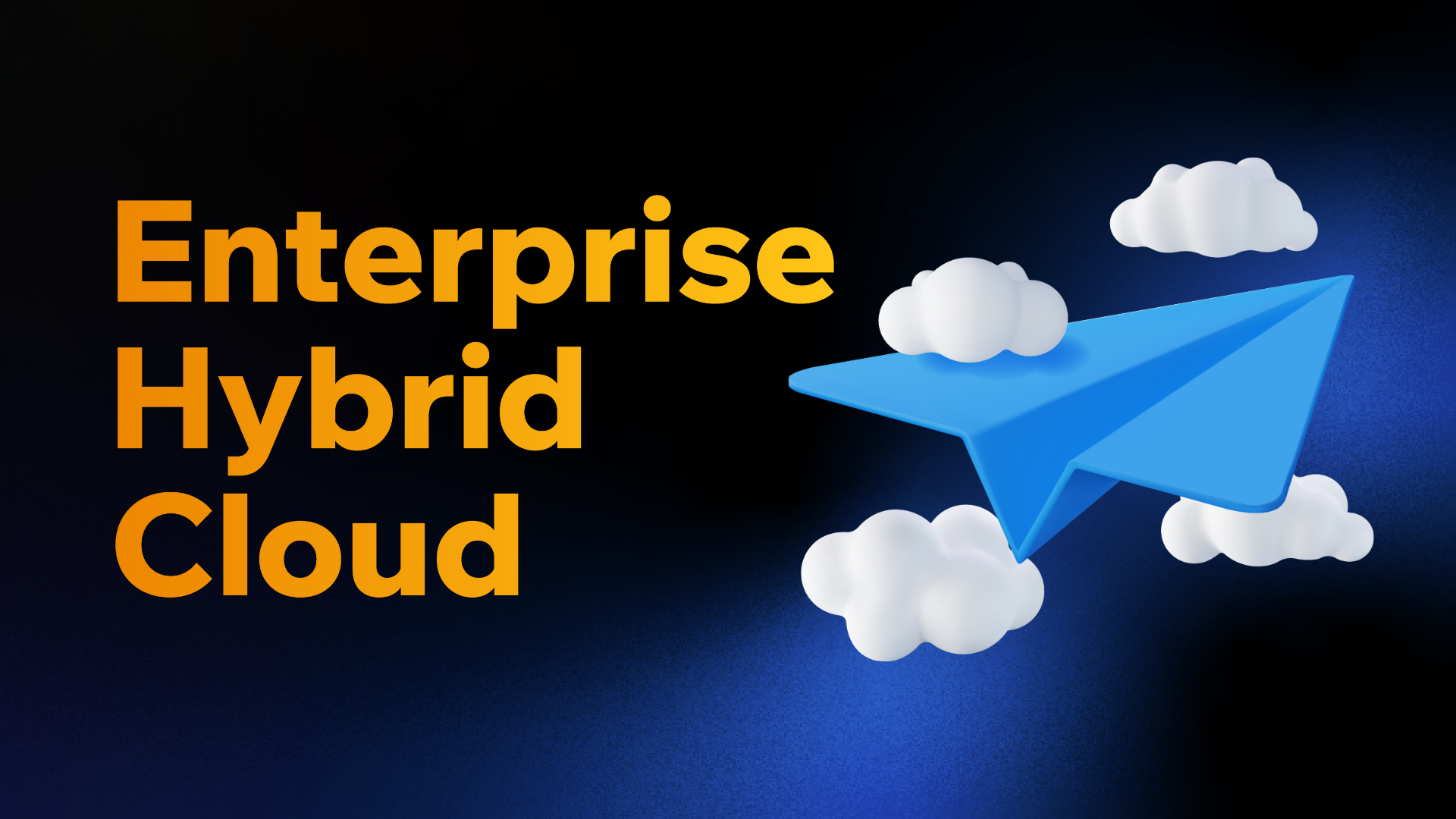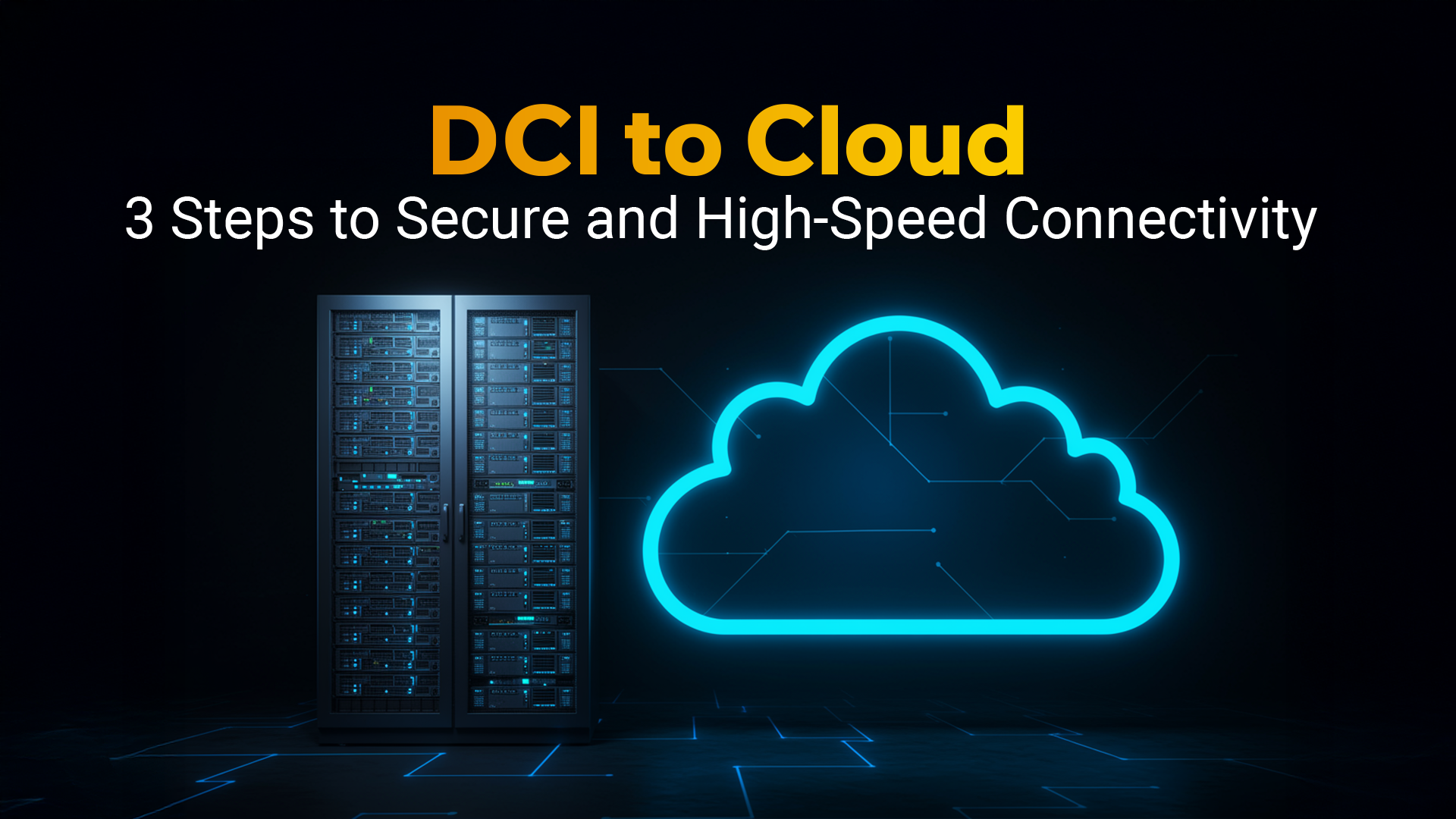
DCI to Cloud 2025: 3 Steps to Secure and High-Speed Connectivity
By 2025, the “Cloud” is no longer a destination; it is an operating model. Your data lives everywhere—in on-premise data centers, at the edge, and across multiple public clouds (AWS, Azure, Google Cloud). However, connecting these disparate environments creates a massive challenge. The public internet is too slow and insecure for modern AI workloads, while traditional carrier circuits are too rigid. To survive the data deluge of 2025, enterprises need a Data Center Interconnection (DCI) strategy that is fast, flexible, and fortress-secure. Here are the 3 critical steps to building a future-proof DCI-to-Cloud architecture. Step 1: Bypass the Public Internet (Go Private) The biggest mistake enterprises make is relying on public internet connections (VPNs) for mission-critical cloud traffic. In 2025, where latency kills AI performance and cyber threats are omnipresent, this is a gamble you cannot afford. The Strategy: Establish direct, private connections between your data center and your cloud providers. By bypassing the public internet, you eliminate “noisy neighbor” congestion and drastically reduce your attack surface. Why it matters: Pro Tip: Use a dedicated Cloud Connect solution to create a direct virtual cross-connect to major cloud providers (AWS, Azure, GCP) in minutes, ensuring your data travels on a secure, private highway. Step 2: Automate Speed with “Bandwidth on Demand” In the old world, getting a 10Gbps line took 60 days of phone calls and contracts. In 2025, business moves too fast for that. You might need 100Gbps today to migrate a database and only 10Gbps tomorrow for regular operations. The Strategy: Shift from static, fixed-bandwidth contracts to Software-Defined Interconnection (SDN). This allows you to provision bandwidth instantly via a portal or API. Why it matters: Real-World Application: Leveraging modern Data Center Interconnection platforms allows you to dial up bandwidth instantly to handle massive backups or AI training sets, then dial it back down to save costs. Step 3: Enforce a “Zero Trust” Architecture Speed is nothing without control. As your network perimeter expands to the cloud, the traditional “castle and moat” security model fails. You must assume that no traffic is trusted, even if it comes from inside your network. The Strategy: Implement Zero Trust principles within your DCI. This means every connection request is verified, encrypted, and monitored in real-time. Why it matters: The 2025 Network is Here The future belongs to the agile. By moving to private, software-defined connections, you turn your infrastructure from a bottleneck into a business accelerator. You gain the speed to run next-gen AI, the security to protect customer data, and the flexibility to pay only for what you use. Ready to modernize your connectivity?

